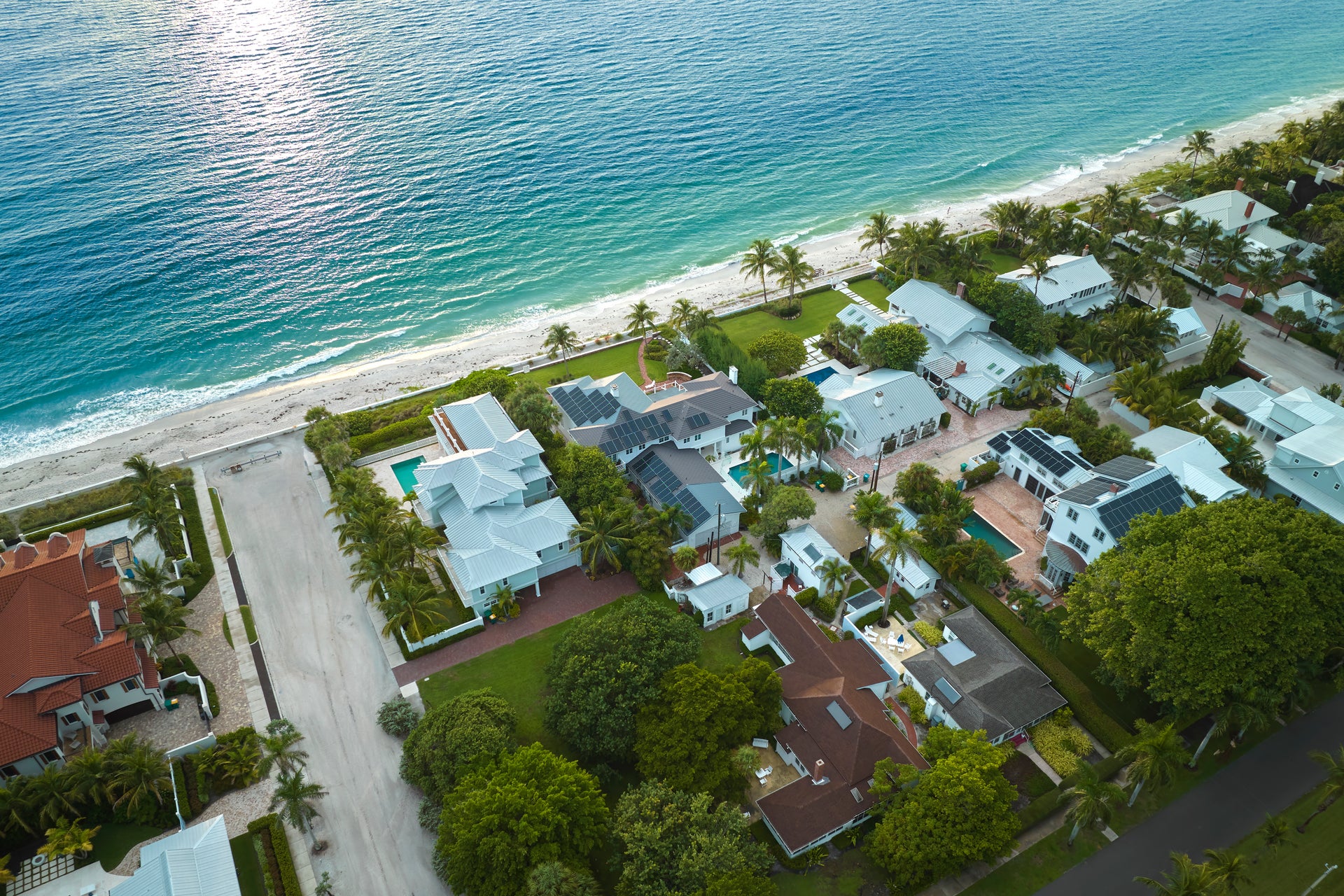Today’s non-qualified mortgages: limited documentation and high debt-to-income but high credit score and low loan-to-value
Ten years have passed since the Consumer Financial Protection Bureau (CFPB) issued regulations to provide safer and more sustainable home loans for consumers. In January 2014, Qualified Mortgages (QMs) became the new standard by which lenders must abide.
The Dodd-Frank Wall Street Reform and Consumer Protection Act imposed an obligation on lenders to make a good-faith effort to determine that the applicants have the ability to repay the mortgage. This is known as the ability-to-repay (ATR) rule.
The Act also mandates that QM loans cannot have risky loan features like negative amortization, interest-only, balloon payments, terms beyond 30 years, or excessive points and fees. Furthermore, QM loans must also satisfy at least one of the following three criteria:
- Borrower’s debt-to-income (DTI) ratio is 43% or less
- Loan is eligible for purchase, guarantee, or insurance through the Federal Housing Administration, Veterans Affairs, United States Department of Agriculture, or a government-sponsored enterprise (GSE), regardless of the DTI ratio
- Loan was originated by insured depositories with total assets less than $10 billion and must be held in the portfolio for at least three years.
Any home loan that doesn’t comply with the QM rules is called non-QM, which although these loans are not necessarily high risk, they still need to satisfy ATR requirements. Examples of a non-QM loan include interest-only or limited/alternative documentation loans.
While non-QM loans constitute a small portion of the current mortgage landscape, they play a crucial role in serving borrowers who are unable to secure financing through GSEs or government channels. These loans provide a valuable option for creditworthy borrowers, including self-employed individuals, gig economy workers, first-time homebuyers, borrowers with significant assets but limited income, jumbo loan borrowers, and investors.
Non-Qualifying Home Loans Percentages Are Growing
The non-QM share of total mortgage counts declined during the pandemic, hitting a low of less than 3% in 2020. However, by 2022, the non-QM market nearly doubled, representing about 5% of the market in 2024.1
Figure 1 compares the non-QM equivalent loans from 2001 to 2024 by composition of six major risk indicators. All home-purchase loans not meeting at least one of the six QM-mandated criteria are included.
In 2024, the main reasons non-QM loans did not meet QM standards were:
- The use of limited or alternative documentation (62%)
- DTI (debt-to-income) ratios for a mortgage above 43% (26%)
- Interest-only loans (17%)
The proportion of non-QM loans with DTI ratios exceeding 43% increased by 12 percentage points from 2020 to 2024. Conversely, the share of interest-only loans reduced by nearly half over the same period. Additionally, riskier factors such as negative amortization and balloon payments have been eliminated.

Note: 2024 includes only the first six months (January to June).

Today’s Non-QM Mortgage Composition Is Less Risky
Today’s non-QM loans are of high quality and are considerably less risky than those originated prior to the Great Recession.
Figure 2 depicts the trends in three key underwriting variables — credit score, DTI ratio, and loan-to-value (LTV) ratio — for home purchase loans.
- Credit Score: In 2024, the average credit score for non-QM borrowers was 776, compared to 781 for conventional QM borrowers and 699 for government loan borrowers.
- DTI Ratio: Although the average DTI ratio for non-QM borrowers was higher than that for QM borrowers, non-QMs are performing well.
- LTV Ratio: The average LTV ratio was 75% for both non-QM and QM borrowers, while government loan borrowers had an average LTV of 97%.



Figure 2: Underwriting variables trends for home purchase loans: 2011 to 2024 (Averages of Credit Score, LTV, and DTI)
Note: 2024 includes only the first six months (January to June).

Both non-QM and QM loans have low delinquency rates, significantly lower than those for government loans (Figure 3).

To offset the risk of default, lenders generally charge higher interest rates for non-QM loans; for example, the average initial 30-year interest rate for non-QM loans was 6.7% in 2024 compared to 6.4% for QM loans. Lenders are also focusing on borrowers with higher credit scores and lower LTV ratios to balance the risks associated with high DTI ratios, limited documentation, and interest-only features of non-QM loans.
Despite the inherent risk in non-QM loans, these loans have proven to be a valuable resource for creditworthy borrowers who do not qualify for traditional mortgage programs.
Keep Pace With the Property Market
©2024 CoreLogic, Inc. All rights reserved. The CoreLogic content and information in this blog post may not be reproduced or used in any form without express accreditation to CoreLogic as the source of the content. While all of the content and information in this blog post is believed to be accurate, the content and information is provided “as is” with no guarantee, representation, or warranty, express or implied, of any kind including but not limited to as to the merchantability, non-infringement of intellectual property rights, completeness, accuracy, applicability, or fitness, in connection with the content or information or the products referenced and assumes no responsibility or liability whatsoever for the content or information or the products referenced or any reliance thereon. CoreLogic® and the CoreLogic logo are the trademarks of CoreLogic, Inc. or its affiliates or subsidiaries. Other trade names or trademarks referenced are the property of their respective owners.
1 For this analysis, 2024 data includes only loans originated during the first six months of 2022 (January to June).


